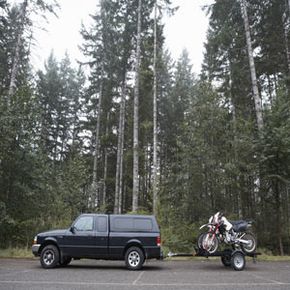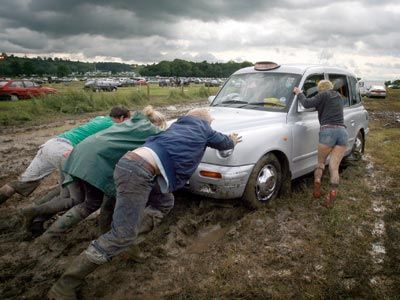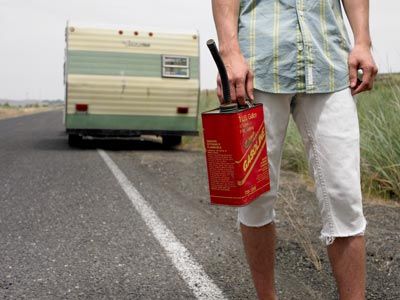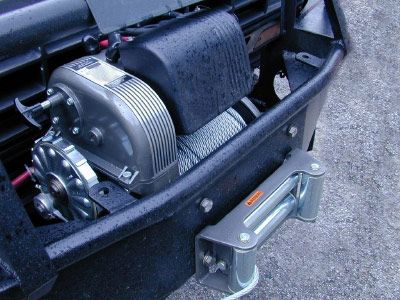You're cruising along the highway at 60 mph, towing your boat on a trailer behind you. Suddenly, you hit a huge bump in the road, and your trailer becomes unhitched from your ball mount. Just like that, 12,000 pounds of metal is flying freely down the highway, ready to slam into oncoming traffic.
When trailer hitches aren't secured properly, they can cause serious accidents. That's why you need a second line of defense when towing a trailer. This is where hitch safety chains come in.
Advertisement
Safety chains are used to keep the towing vehicle and the trailer connected in case they become disconnected along some part of the towing equipment. Not only is it just a good idea to have these on your hitch whenever you're towing, it's the law to have them installed. Federal laws, as well as laws in many cities and states, require you to have safety chains equipped while towing.
In this article, we'll discuss why you need a hitch safety chain, as well as how to properly install these hitch accessories on your towing vehicle so you don't cause any accidents.
Advertisement





